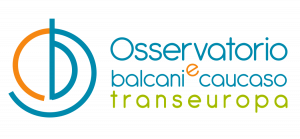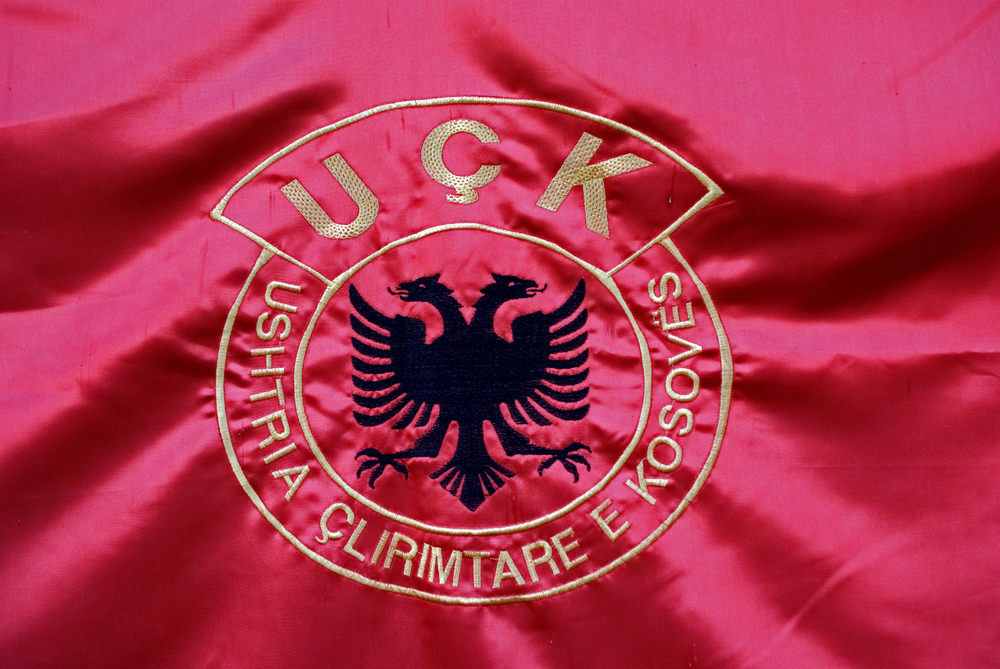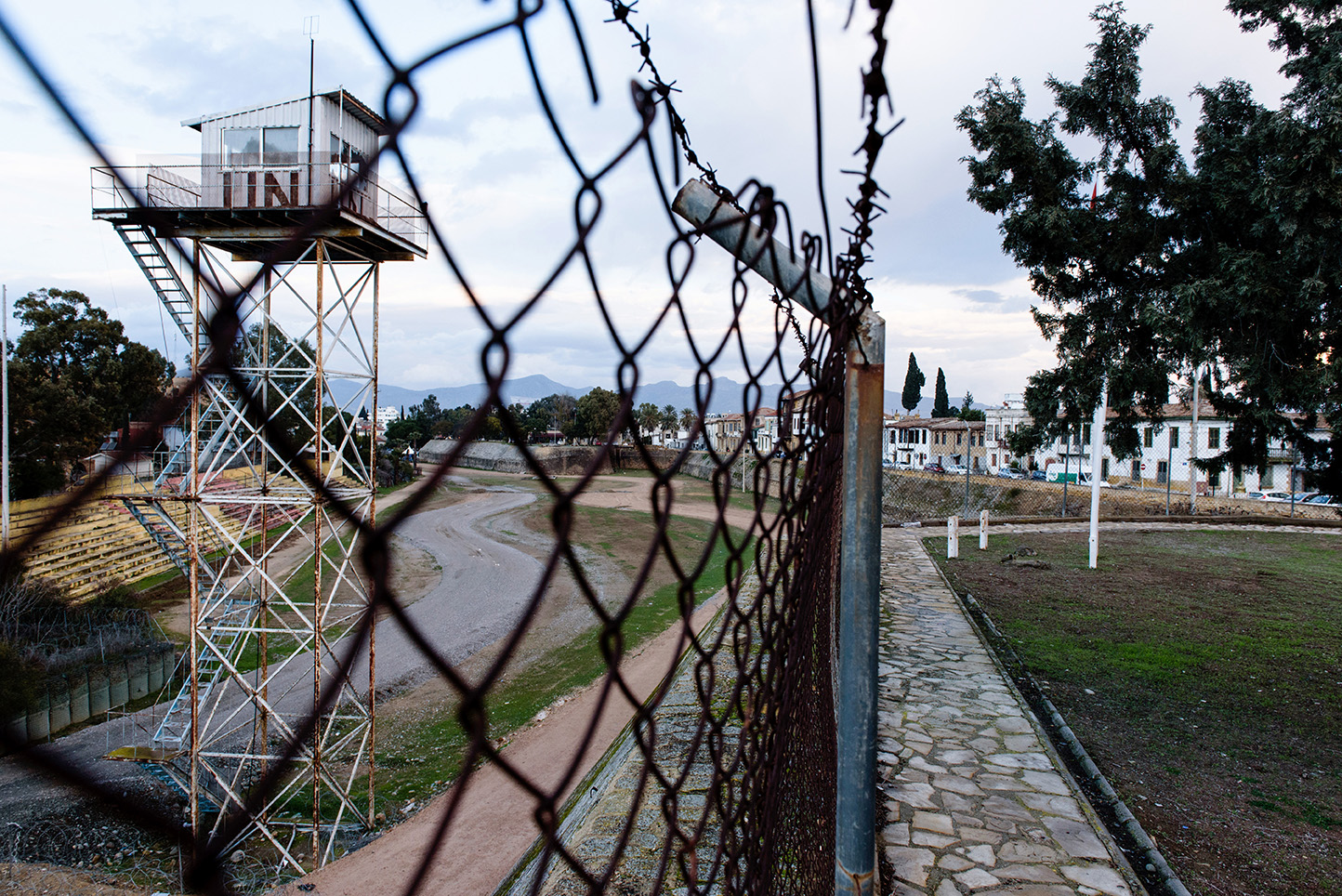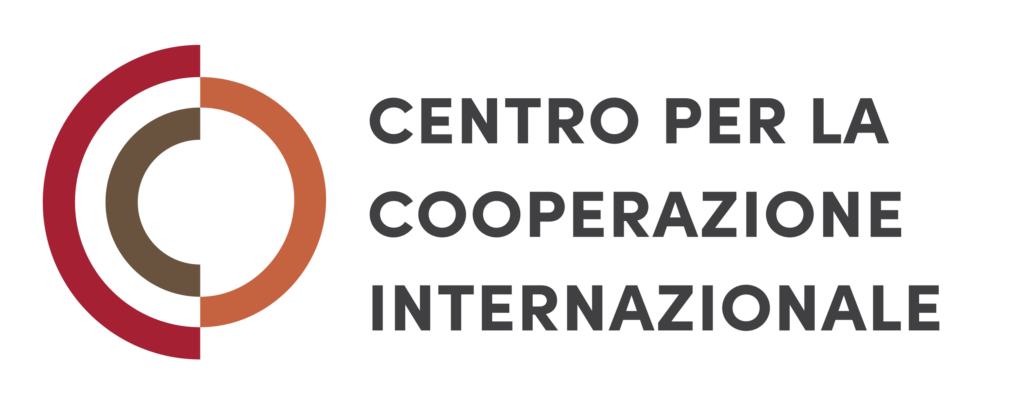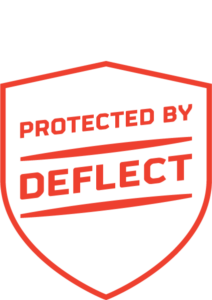Mountains at the heart of the Adriatic-Ionian macroregion
Threatened by mass tourism, unsustainable environmental practices and climate change, mountains are subject of transnational cooperation between six countries in the frame of the PROMONT project. An interview
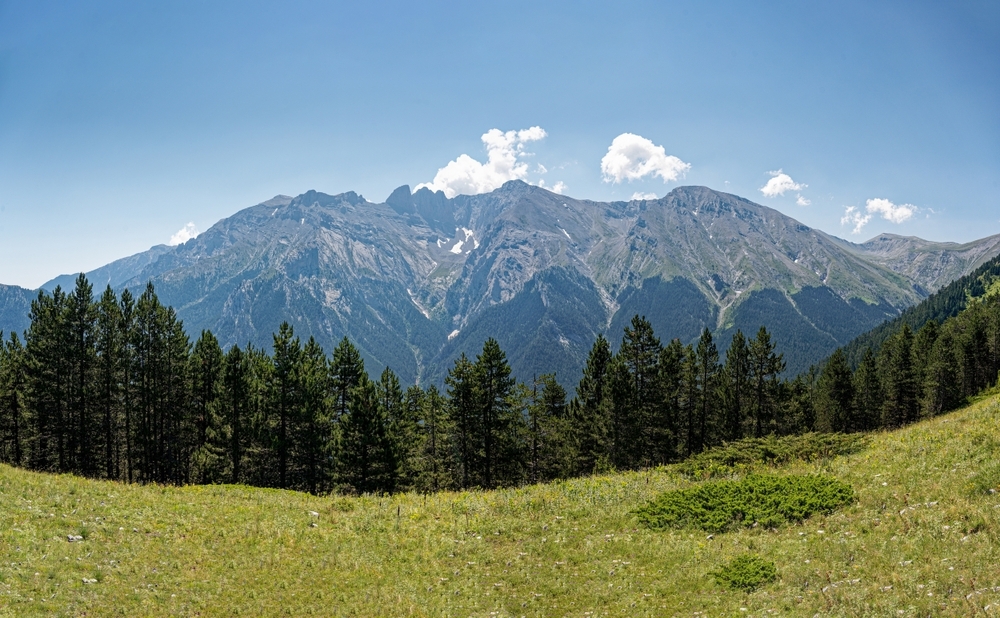
Mountains-at-the-heart-of-the-Adriatic-Ionian-macroregion
View of Mount Olympus, Greece - © dinosmichail/Shutterstock
The Adriatic-Ionian region is characterized by a series of imposing mountains with amazing sceneries, full of hidden gems and rich native flora and fauna. These vast territories are often inhabited by a small number of residents, with limited local administrative officials and available funding for nature’s preservation.
Over the years, the mountains have turned into attractive tourist destinations, with a number of trail routes particularly frequented during the summer months. In return, the growing trends of mass tourism have led to economic overexploitation and unsustainable environmental practices, posing serious threats to highland ecosystems and biodiversity.
In front of similar man-made threats to natural habitats as well as climate change, a transnational intervention is required as none of the countries lying at the shores of the Adriatic and Ionian space can manage to preserve alone what nature has gifted.
The Interreg ADRION programme and the EU macroregional strategy for the Adriatic and Ionian region (EUSAIR) have the preservation of transnational terrestrial ecosystems among its key priorities, by encouraging regional cooperation among a wide range of stakeholders to undertake common actions around these goals.
An example of cross-border cooperation in this field co-funded by ADRION is the PROMONT project, which brings together various mountain stakeholders from the macroregion to join the collective efforts in order to protect the unique ecosystem of the rural areas with mountain relief, envisaging the preparation of a common framework for the regeneration of biodiversity in six countries along with the employment of green infrastructure.
The project seeks to empower the local communities in order to foster a positive change of mindset and equally become agents of change of regenerative actions in these areas. The partner candidate countries will also benefit in terms of EU integration during the project’s knowledge transfer process and particularly with regards to the Habitat Directive.
To learn more about PROMONT, we interviewed Kostantinos Zapounidis, head of unit at the Pieriki Local Development Agency in northern Greece, at the foothills of Olympus mountain.
Can you tell us more about the PROMONT project?
PROMONT is a project related to the effort of six pilot rural areas with a specific mountainous relief around the Adriatic and Ionian region. In these mountains we have a unique biodiversity, which is under threat either from seasonal mass tourism, with some unsustainable activities – as productive economical, financial – that are implemented in the area, or sometimes from the overexploitation of the available resources.
The project has specific aims to protect these fragile ecosystems and support the local communities. In this way we also want to support the economy locally and strengthen the international network of the involved mountains.
You mentioned the local communities, do you envisage any role for them?
PROMONT is fully implemented based on a bottom up approach, which means that we talk about the protection of unique biodiversity species that are co-decided by the project partners, but many [also] by the local stakeholders. So in this way we have to find, in each of the six pilot areas, the key stakeholders related to those protected areas and along with them define the species that we are focusing on.Regarding the involvement of local citizens, the benefits are firstly from the protection of the environment in which they live and secondly from participation in project activities. But we do not talk only about the citizens, we want to talk also about the visitors of the areas. For example in one area the citizens may be 30.000 people but the visitors could be, let’s say, half a million, which means that for us it is important to involve them also in the implementation of the project activities.
The project includes mountains located respectively in three member states and in three EU candidate countries…
All these mountain areas have worked together in different frameworks and mainly in the framework of the Emblematic Mediterranean Mountains network, which means that there are mountains that serve some criteria and attributes in order to be able to participate in this project. This means that we, as lead partner, applied some preselection process of the potential partner areas to be involved in before submitting the proposal, in order to have areas with specific characteristics. Most importantly we have defined the need to have three partners from the European Union, three outside the EU, not only for reasons of balance, but also because in this way we have a more wide-spreading of the solutions.
To what extent does the PROMONT project approach the European integration process of these countries?
In our case this is the main element of the knowledge transfer process [and] we have a special activity dedicated to identifying best practices, based on European projects and legal framework. This is the first step that we are implementing in order to familiarise with what has already been happening in the member states. It’s true that the legislative frameworks in some of these (candidate) countries are not so strict and we talk about for example fauna and the protection of species, which is much more stricter in the EU member states. We are going to draft and implement local action plans, including all policies related to preservation and restoration of the environment, part of the regulatory framework of the European Commission. So this means that we have to draft an action plan and then implement (which) is 100% in compliance with the European regulations and with existing policies related to specific subjects.
You mentioned the legal framework of the EU, are you referring specifically to the Habitat Directive?
Yes, it is. We have proposed to them [partners from candidate countries] that the Habitat Directive and the species included therein should be selected for the preservation and protection, and should be included also in the list of protected species, so in this way we are 100% compliant with this directive.
Considering the respective different legal frameworks in place, do you notice any differences in working with partners from non-EU countries?
No, first of all we made clear to all non-EU partners that we will talk about preservation based on European Union directives and methodologies. Secondly, what we are proposing is stricter from what is in place in their areas and may be something that could be controversial with the interests of some of their local stakeholders, for example hunters, producers. It’s clear that it’s a preservation project and we have to be not so flexible and approved by all the local stakeholders.
In the member states it is easier since there is a stricter legislative framework. But also in the IPA countries they are willing to become stricter. They are feeling that this kind of projects in the framework of INTERREG programmes could give them an important asset in order to go a step beyond.
For us it is important to develop something that could be easily adapted, not only in the ADRION space, but also in other mountainous areas that could confront the same problems.
This publication is produced in the context of the project Cohesion4Climate , co-funded by the European Union. It also draws on the research activities supported by the project The contribution of Communities of Practice for the European Integration of the Balkans co-funded by the Italian Ministry of Foreign Affairs and International Cooperation.
The project
PROMONT is a three-year long transnational project, co-funded by the European Union, with a budget of 1.62 million euros, in the frame of the INTERREG IPA Adrion programme 2012-2027. The consortium involves different partners from six countries of the Adriatic and Ionian area, namely Greece, Italy, Slovenia, Albania, Montenegro and Bosnia and Herzegovina, actively involved in the preservation of mountainous habitats. The project runs until late summer 2027 and the mountain areas under focus are: Olympus, Baldo, Snežnik, Tomorr, Žaba and Komovi.
